What prompted killing of mysterious recluse Katherine Starr in 1933
When a woman living in borderline poverty was murdered in her shack near Wangaratta police were puzzled, until they discovered her secret.
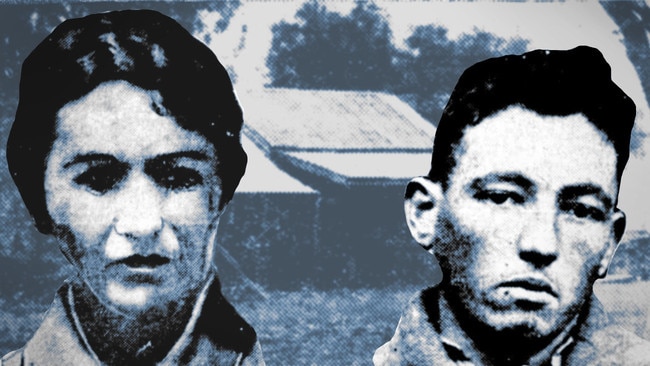
News
Don't miss out on the headlines from News. Followed categories will be added to My News.
Katherine Starr tended to worry.
Aged 72, she lived alone in a remote farmhouse – more like a shack – near Wangaratta.
Reclusive and eccentric, she was often seen roaming the paddocks and would work the farm unaided, milking 15 cows twice daily by herself.
She lived meekly, seldom eating anything other than bread and butter.
She would sometimes converse with locals, or with family members when they came to visit.
On one such visit about 1930, she told a relative something strange.
Katherine Starr was worried she might be murdered in her little home, out in the paddocks.
She was scared an intruder might kill her and ransack the house.
Then, for three years, she didn’t mention her fear of murder again.
Until the eerie prophecy came true.
Starr’s niece opened the front door of the house on the morning of Friday July 28, 1933, to find her aunt murdered.
And it was brutal.
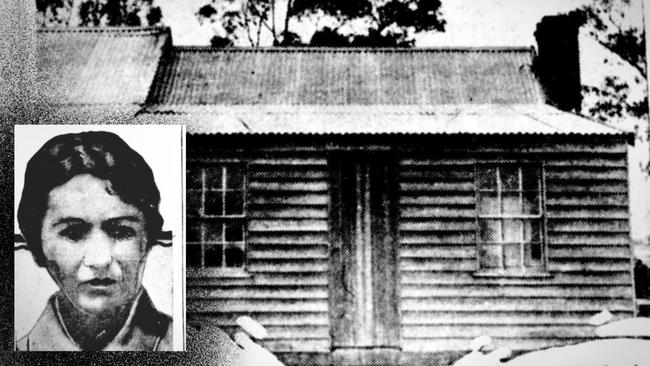
She had been struck on the head with something heavy and blunt, then, to the horror of investigators who were called to the scene, the victim had been scalped.
The poor woman’s scalp and ear could not be found and the murder weapon was also missing.
Bedding was placed over Katherine Starr’s lifeless face by the killer, who had then ransacked the house.
But why?
A woman who lived so modestly would surely have nothing a murderous thief could want.
A theory quickly developed that the enraged killing was the work of a madman.
Two men were identified in the area who, according to one report, showed “abnormal” behaviour, but neither could be connected with the murder.
The madman theory faded when police started looking into the victim’s affairs.
What they found astonished them.
Katherine Starr was extraordinarily rich.
The old lady who lived in a shack had 2000 pounds – about $270,000 in today’s money – in the bank, plenty more in various investments, and owned 160 acres of land.
More money was kept in her home.
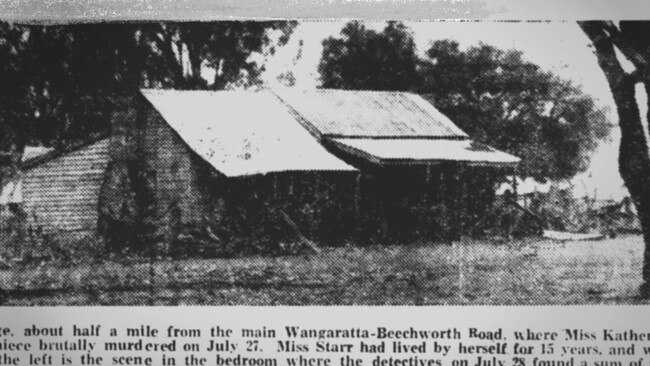
It was established that Katherine would often gather large amounts of coins and notes before putting them in the bank.
She was worried she might get ill and wanted cash at hand to pay medical expenses without the need to write a cheque.
The money was hoarded in little hiding places around the house, mostly stuffed in jars and tins.
About 53 pounds was discovered by police; left behind by the killer, possibly because he couldn’t find it.
Despite finding a clear motive, detectives still had nothing much to go on, and the murderer remained at large.
Meanwhile newspapers around the country sensationalised the story of the eccentric, rich old woman found bashed to death and scalped.
By the time Katherine was put to rest in a service attended by family and locals, the hunt for her killer was still going.
Little did they know, the killer himself was present at the funeral.
DOWN AND OUT
Eighteen-year-old Leo was out of luck.
Having travelled from Sydney to Wangaratta eight months previously, he found work as a farmhand.
But when he was sacked, he hit hard times.
Living in a decrepit hut at One Mile Creek with other unemployed men, he struggled to find a source of income.
Then he remembered his old aunt.
Leo Starr’s father had a sister who never married and lived on a farm near Wangaratta, and she was known to be very well off, even though she lived in a paranoid and deluded state in borderline poverty.
Leo visited his aunt at the farmhouse. At first she agreed to help, lending him two pounds.
That tided him over for a while, but he still couldn’t find work and soon he was in dire straits again.
It is unclear how much money he borrowed from Katherine, but tension grew between the pair, which soon turned to hatred.
Leo kept spending the money, and kept going broke.
On the night of Friday July 21, 1933, Leo got on his bicycle and made a final visit to his aunt’s farmhouse.
He knocked on the door about 8pm and Katherine Starr appeared and asked what he wanted.
“Could you give me a few pounds?” came the reply.
Katherine was angry. She accused Leo of stealing the money she had already lent him, and said she would hand him over to the police if he took any more.
Then he lost it.
First, he struck her on the chin with his fist.
Katherine recoiled and ran to her bedroom.
Leo took after her, grabbed a wooden board and, in a fit of rage, struck his aunt heavily on the head.
Then, perhaps to make it seem like a stranger had done the deed, he mutilated the scalp with a razor and ransacked the house.
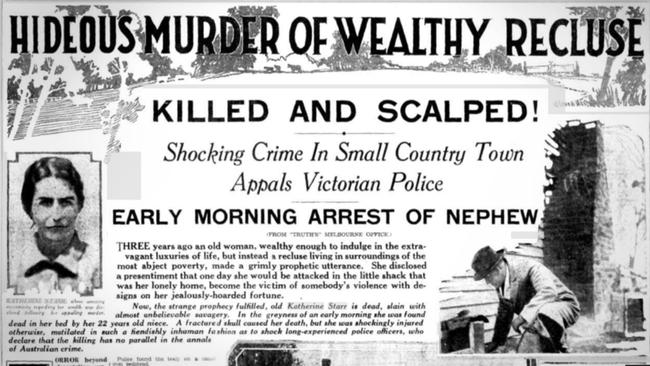
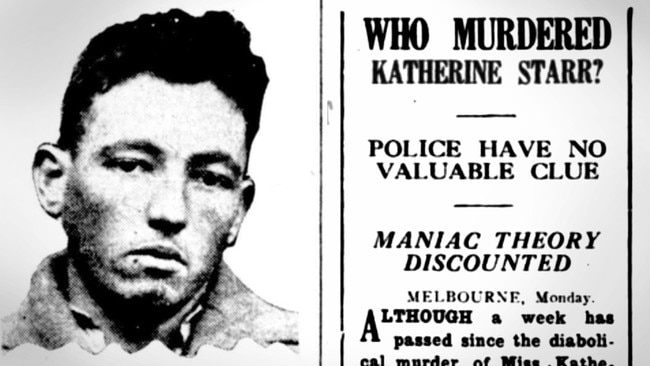
Leo made off with little more than two pounds, fleeing on his bicycle back to Wangaratta.
But he couldn’t run forever. The more police investigated, the more interested they became in young Leo.
Five days after the funeral, at which Leo had been a mourner, police approached his hut at One Mile Creek and arrested him for murder.
He made a full confession.
He was trialled for murder, but found guilty of manslaughter.
A lawyer for Leo pleaded for a lenient sentence, saying:
“I cannot do more than to stress the extreme youth of this young man, and to say that he will learn discipline and self control in prison.
“(And) because he is little more than a boy, and his boyhood has ended in this drastic manner, I would ask your honour to imprison him for a shorter period than if he were an older man, so that he may leave prison in time to be a useful citizen.”
Sentencing was delayed because the judge felt emotionally affected by the violence of the crime.
Ultimately, for the brutal killing of his eccentric aunt, Leo Starr was sentenced to just five years’ imprisonment.




